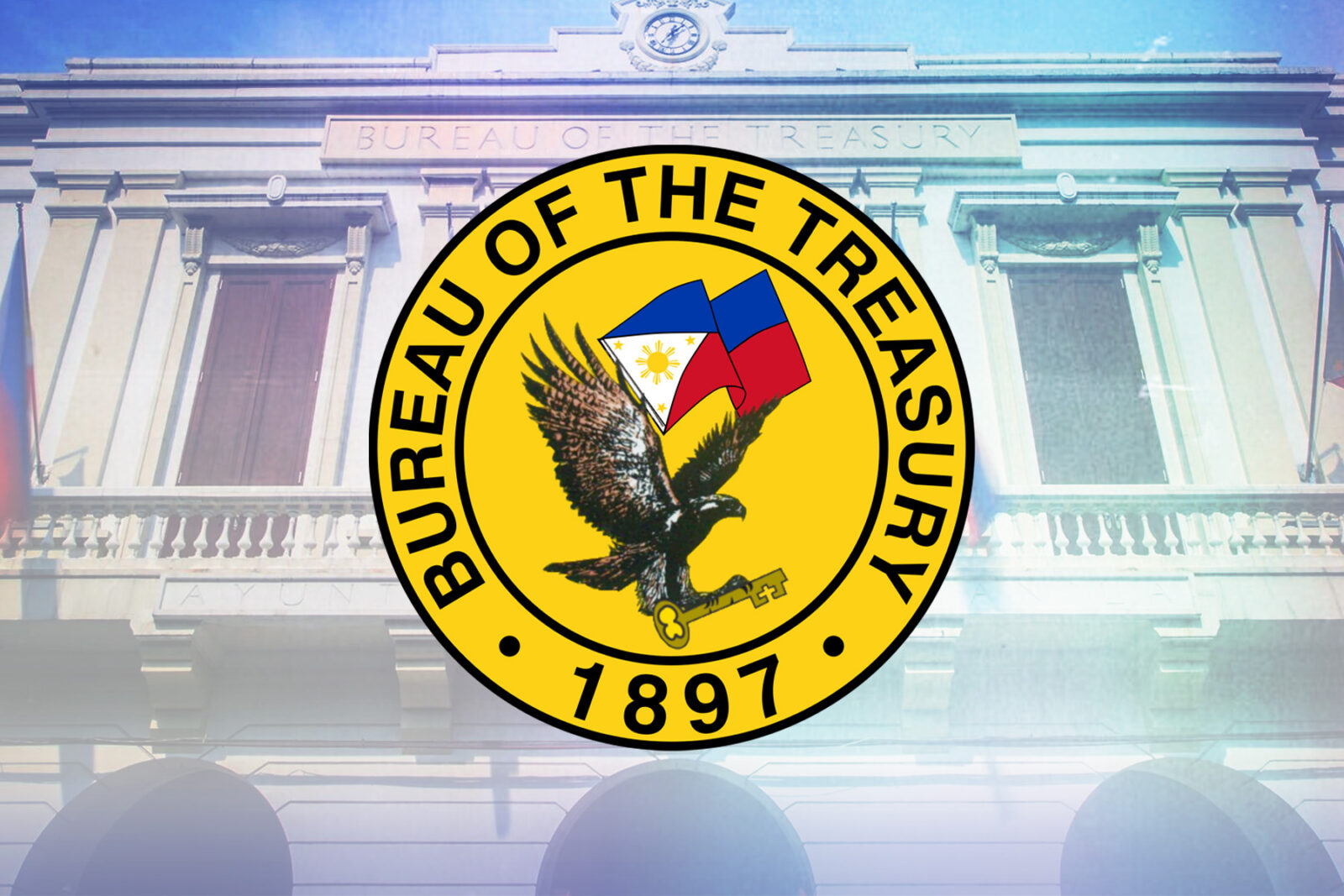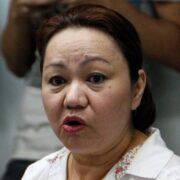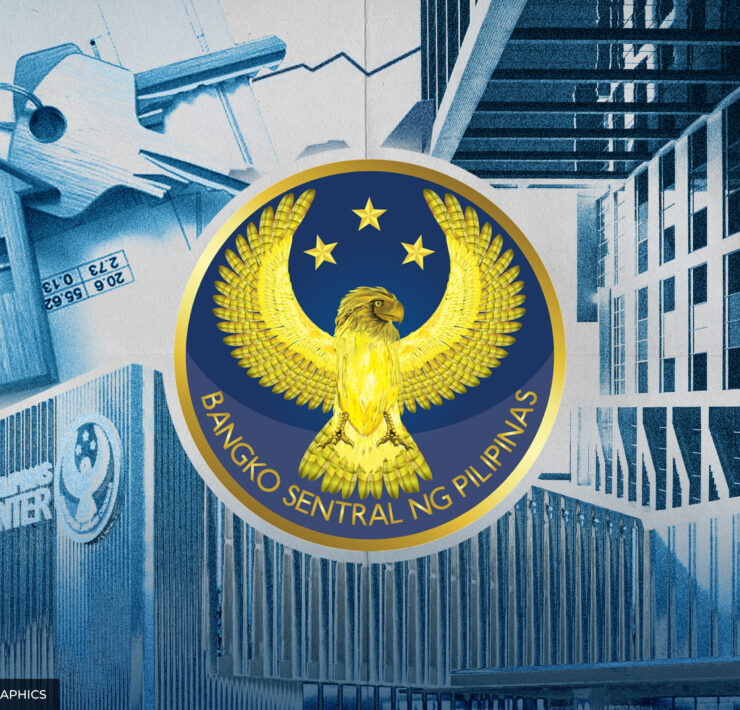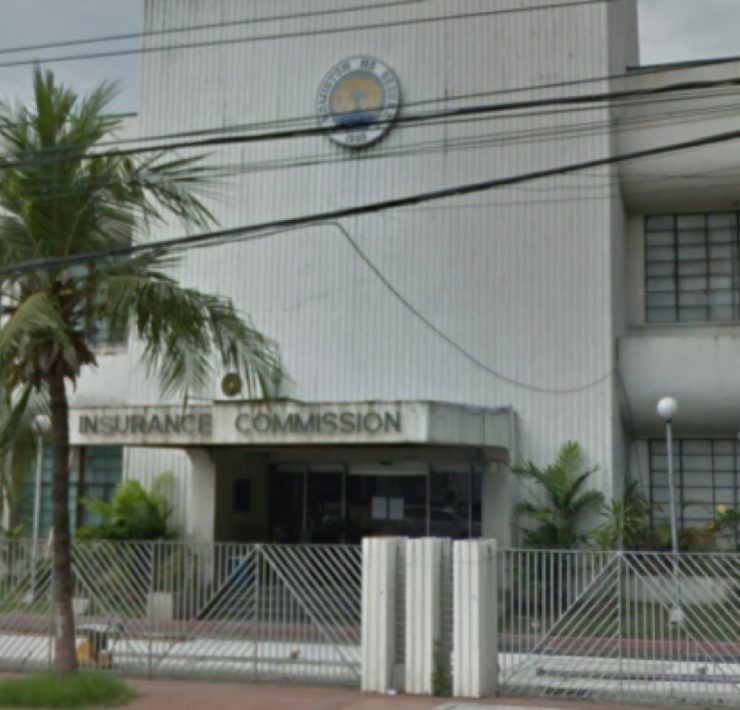National government’s gross borrowings down by 7% in March

The Marcos administration borrowed less money in March after having front-loaded its external financing needs in the previous month. This was done while cautiously navigating the tariff-induced uncertainties that had been rattling markets.
Gross borrowings of the national government amounted to P192.45 billion in March, 7 percent lower compared with a year ago. This is according to the latest cash operations report of the Bureau of the Treasury (BTr). That brought the total financing in the first quarter to P745.14 billion, 30 percent lower than a year ago.
The amount also accounted for 29 percent of the Marcos government’s P2.5-trillion borrowing program for the whole year.
Those debts were needed to plug a projected budget gap in 2025, amounting to P1.54 trillion. This is equivalent to 5.3 percent of the country’s gross domestic product.
The Philippines is one of the most active sellers of sovereign bonds in the region. The government is carefully timing its fundraising activities as US President Donald Trump’s erratic trade policies rattle markets.
Amid global uncertainties that can keep interest rates elevated and weaken the peso, Finance Secretary Ralph Recto had said that the plan this year was to borrow more domestically.
Recto said there was still excess liquidity in the local economy looking for viable investment outlets.
Dissecting the BTr’s report, local borrowings of the government inched up by 1 percent to P157.8 billion in March.
That amount included P25.4 billion via weekly sale of short-dated Treasury bills and P132.4 billion via offerings of Treasury bonds.
In the first three months, domestic financing contracted by 53 percent to P450.8 billion. The decline was mainly due to lack of a special fundraising activity during the period. This was unlike before, when the state had sold P585 billion via retail treasury bonds in February 2024.
In 2025, the government is planning to borrow P2.04 trillion from lenders onshore.
Treasury data also showed gross external borrowings dropped by 32 percent to P35 billion in March.
The decline was somewhat expected after the Marcos administration front-loaded most of its foreign financing needs in the preceding month.
Recall that the government raised a combined P192 billion via multitranche global bonds and euro-denominated bonds in February. It took advantage of a drop in borrowing costs offshore at the time.
Overall, the Marcos administration borrowed P294 billion from foreign creditors in the first quarter, 2.5 times bigger compared with a year ago.
The amount already accounted for 58 percent of the state’s P507-billion external financing plan for the entire 2025.





















